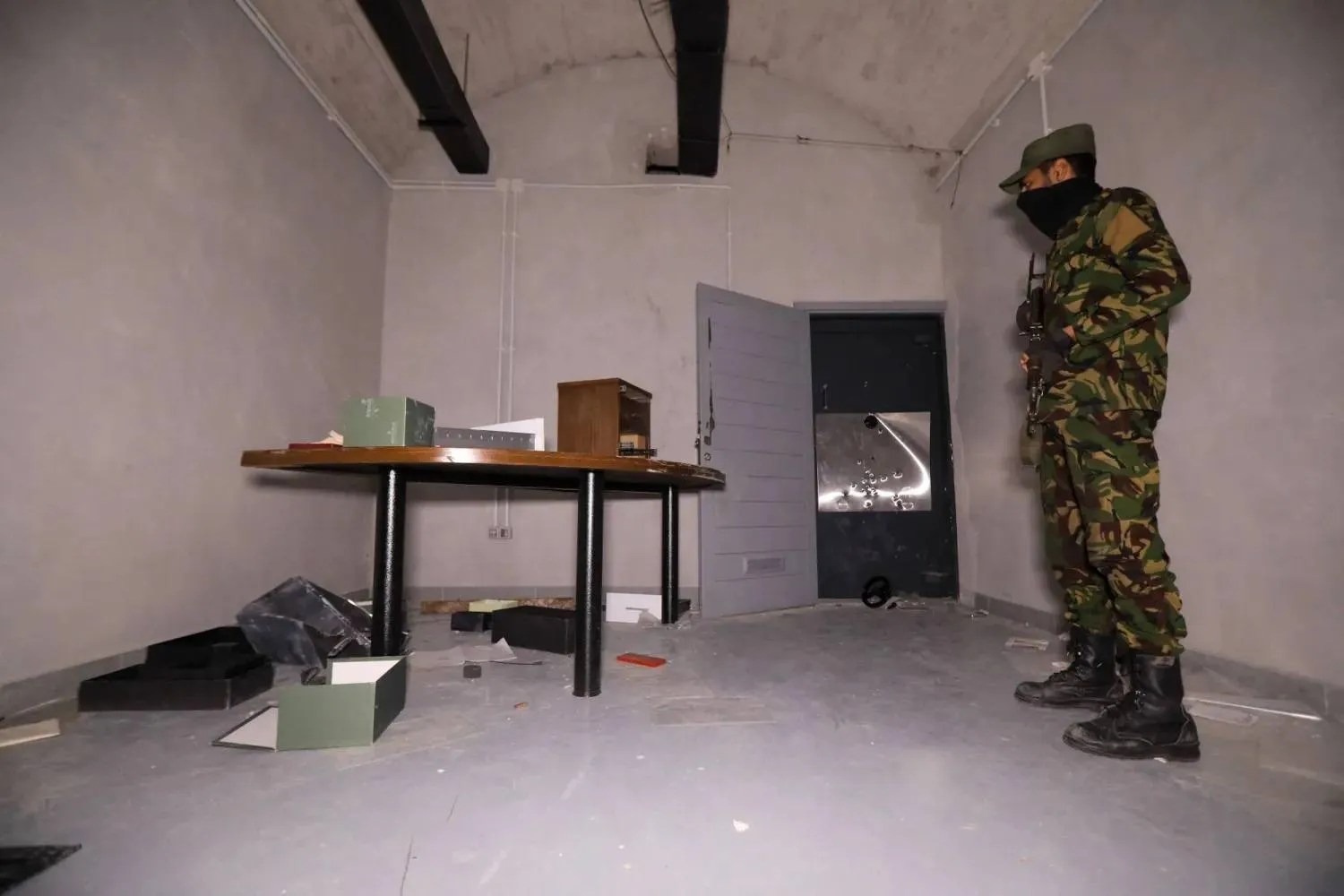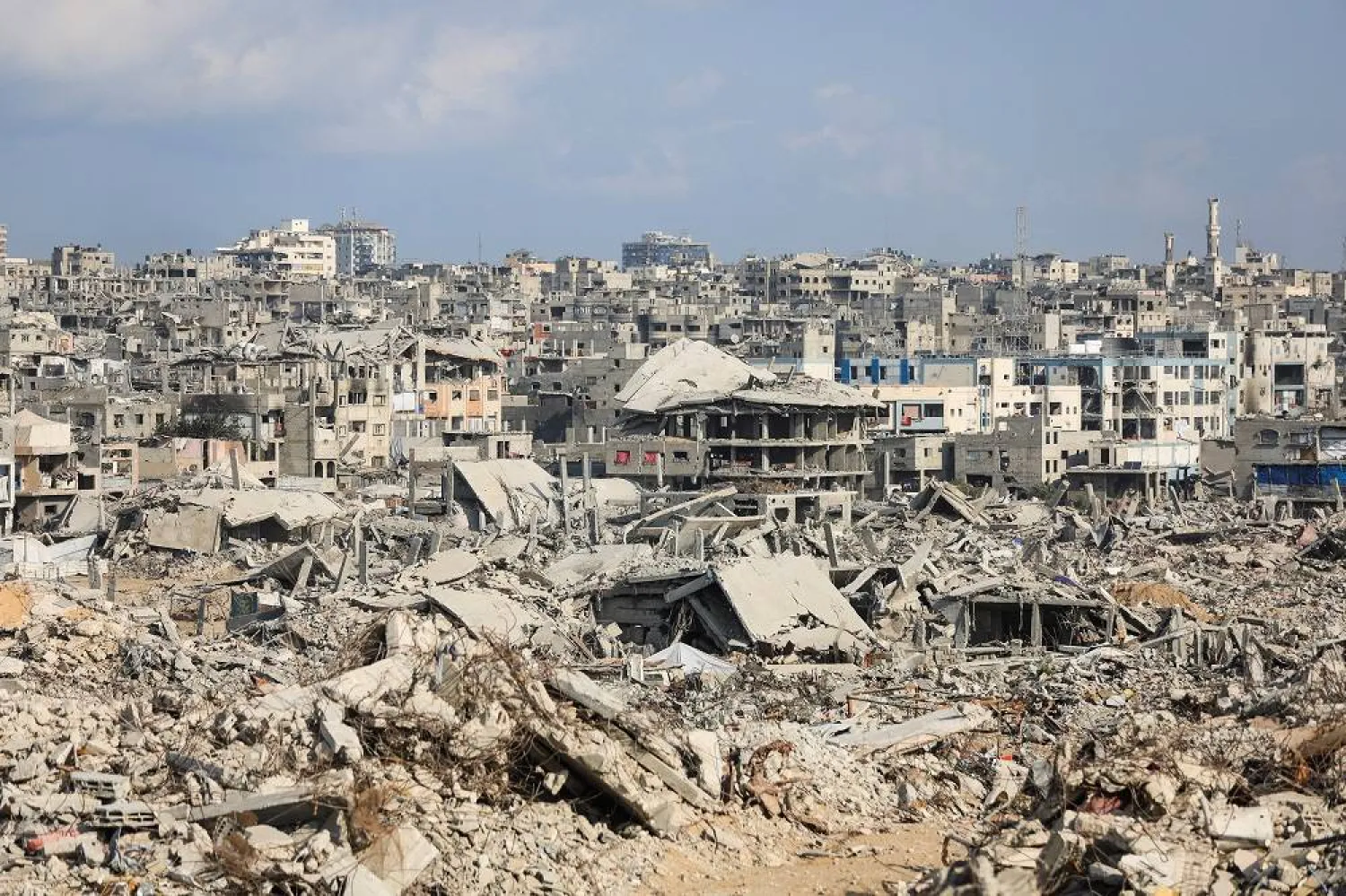In his new book, Abdulaziz Mohieddin Khoja recounts key events that marked his long career in diplomacy, politics and media, during which he took the position of Saudi ambassador to Turkey, Morocco (twice), Russia and Lebanon, before his appointment as Minister of Culture and Information.
The book, published by Jadawel publishing, translation and distribution house in Beirut, unveils secrets of Ambassador Khoja’s diplomatic work and his description of some of the most prominent political leaders whom he met in his journey.
Ahead of the book’s publication, Asharq Al-Awsat brings out in two episodes, parts of Khoja’s memoirs (277 pages).
The first episode talks about Khoja’s diplomatic career in Ankara, which witnessed assassination attempts and bombings against Saudi diplomats; and in Moscow, where he went as the first ambassador of the Kingdom in the Soviet Union, but as soon as he arrived, the entity collapsed, and the army turned against President Mikhail Gorbachev. He returned to Riyadh where his credentials changed, to become the first ambassador to Russia under Boris Yeltsin. Khoja also recounts in his book chapters of his diplomatic career as an ambassador in Morocco.
The second episode reveals details about the ambassador’s mission in Lebanon and his relations with Lebanese leaders, including Hezbollah’s Hassan Nasrallah.
Studies and Early Career
Khoja begins his memoirs talking about growing up in Makkah. As a young man, he moved to Cairo to complete his studies, to which he did not grant much attention.
“Judgment Day came at the end of the year, when the results were announced. They were disappointing. I failed in all subjects!” he recounts.
He then decided to leave Cairo and return to study at the University of Riyadh (King Saud University in Riyadh) and enrolled in the College of Science, Department of Chemistry and Geology. After his graduation, he moved to Britain, where he studied chemistry at the University of Birmingham in 1967.
Khoja talks about his studies at King Saud University. “The name of the university was later changed to ‘University of Riyadh’, and that happened after King Faisal took power, in the year 1384 AH – 1964 A.D. During those years, the capital witnessed great development under the administration of its young prince, Salman bin Abdulaziz… The dreamy, quiet city… soon became a modern, ambitious, and entrenched capital.”
Upon his return to Saudi Arabia from Britain, Khoja noticed the growing Brotherhood activity in the Kingdom. In 1976, he was appointed Undersecretary of the Ministry of Information for Media Affairs, where he worked for eight years under the supervision of Minister Dr. Muhammad Abdo Yamani.
“At that time, we were between the jaws of pliers… the trend of modernity that was at the height of its power, and the reactionary awakening movement at the height of its enthusiasm. We suffered from the contradictory criticisms of the two parties,” the book recounts, as unofficially translated to English by Asharq Al-Awsat.
The Saudi Embassy in Turkey
Khoja left the Ministry of Information after Dr. Yamani was relieved from duties in 1983. Two years later he was appointed ambassador to Turkey.
He moved to Ankara and presented his credentials to President Kenan Evren. The Prime Minister then was Turgut Ozal.
The Saudi ambassador talks about Ozal, who was in office from 1983 to 1989, before assuming the presidency of Turkey: “He was wise, intelligent, open-minded, with Islamic inclinations, and he is the man of economic modernization... Perhaps I would not exaggerate if I said that this man is the second founder of Turkey, after Mustafa Kemal Ataturk.”
During his time in Turkey, Saudi diplomats faced assassinations and bombings, as he was personally the target of a failed assassination attempt. But Khoja admits that he does not know who was behind these attacks.
“But my reading of the situation indicates that this has to do with the Iraq-Iran war,” he notes.
The Saudi ambassador talks about his efforts to persuade the Turks of the Saudi position that rejected the Iraqi invasion of Kuwait in 1990.
The Saudi Embassy in Moscow
After the liberation of Kuwait, Prince Saud al-Faisal, then Saudi Foreign Minister, informed him in 1991 that King Fahd wanted him to become “our first ambassador to the Soviet Union.”
“As I was preparing to present my credentials to President (Mikhail) Gorbachev, the collapse began with amazing speed. Republics declared independence from the Soviet Union, and others withdrew from the Warsaw Pact. Suddenly, the union collapsed as a pile of paper,” he tells in his book.
As he went back to Riyadh to change his credentials, he was received by Prince Saud Al-Faisal, who shouted at him: “What have you done?!”
Khoja was confused and did not answer. So the prince laughed, saying: “You dismantled the union and came back?”
Thus, he became the first ambassador of Saudi Arabia in Moscow. He stayed with his colleagues in a hotel because there was no Saudi diplomatic mission in Russia. He reveals that Saudi Arabia bought one of the 12 former palaces of hospitality, located on the hills of the capital, overlooking the famous Moscow River, before buying a building near the headquarters of the Russian Foreign Ministry.
The Saudi Embassy in Morocco
After Moscow, Khojah moved to work as an ambassador in Morocco (at the beginning of 1996 until 2004).
It was “one of the most beautiful political, cultural and social experience of my life,” he says.
During that period, he met a distinguished king, Hassan II, and after his death, “I worked with King Mohammed VI, who runs his country with full openness and maturity, who loves his people and his people love him.”
His mission in Morocco was marked by the September 11, 2001 attacks.
“One of the repercussions of these events in Morocco was the arrest of an Al-Qaeda cell consisting of three Saudis and others who planned attacks against American and British ships in the Strait of Gibraltar, in addition to targets in Ceuta, Melilla and other Moroccan cities. The cell members were sentenced to 10 years in prison,” he recounts.
“With the approval of King Mohammed VI, I was able to deport the accused to the Kingdom. Those would serve their sentences there and be interrogated again by the Saudi security services.”
After 15 years of absence from the Saudi embassy in Morocco, Khoja found himself returning to it in 2016, upon the orders of the Custodian of the Two Holy Mosques, King Salman bin Abdulaziz.
That period witnessed tension on social media in Saudi-Moroccan relations over the Moroccan application to host the World Cup 2026.
He says that some wanted - for purely political reasons - to hold the Kingdom responsible for the event going from Morocco to America, Canada and Mexico.
“This is not true at all,” he notes, “but comments on social media got out of control because of the poisons transmitted by the (Brotherhood) electronic cells, and I found that it is my duty to issue a statement that puts things in perspective.”









